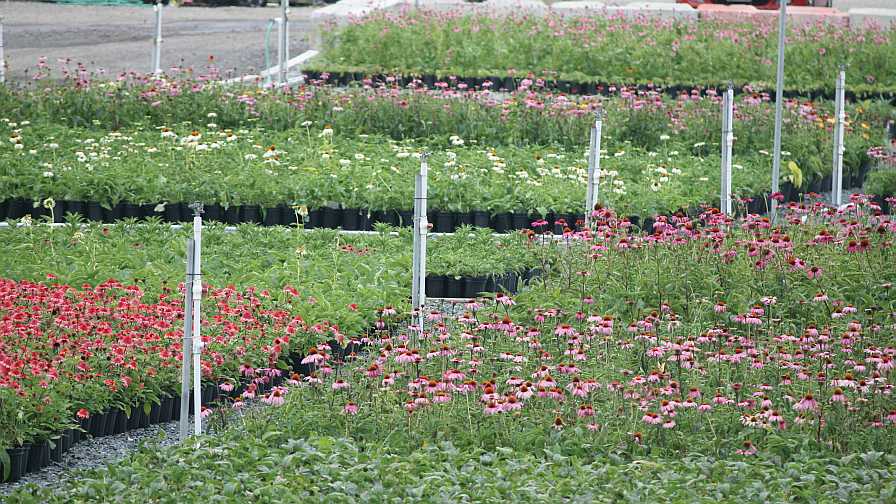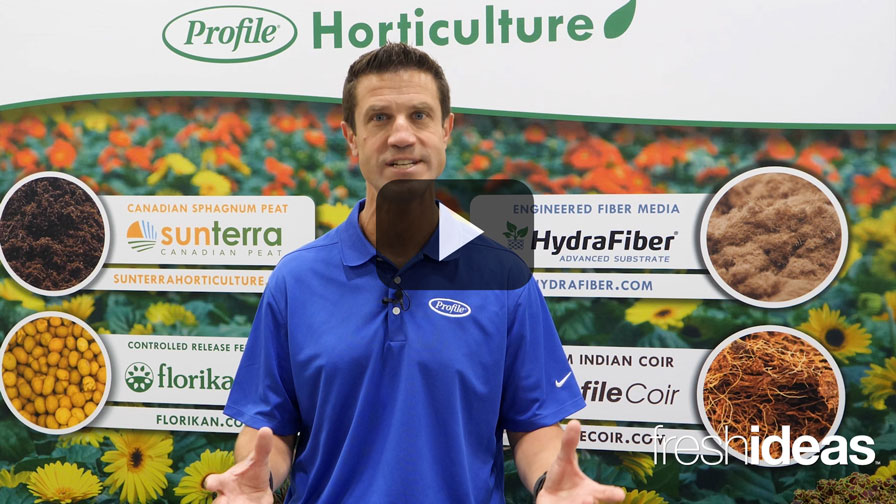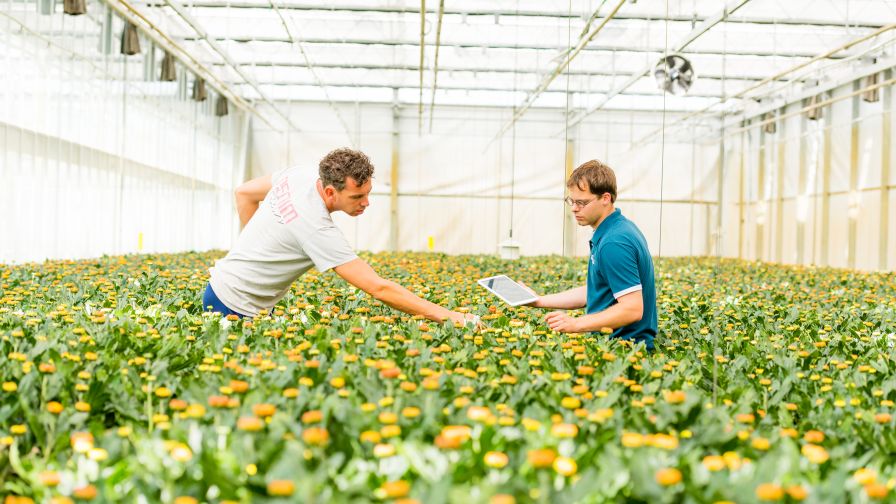Effective Integrated Pest Management for Your Plants in 3 Easy Steps

The Perennial Farm, Greenhouse Grower’s 2013 Operation of the Year, has specialized in growing landscape-sized perennials, ornamental grasses, groundcovers, and more for the last 39 years.
Photo by Janeen Wright
The Perennial Farm is celebrating its 39th year in business. One of our biggest challenges as a grower is adapting and maintaining an effective integrated pest management (IPM) program. Our approach has been to adopt industry best practices, consult with industry experts, and promote aggressive internal initiatives.
We generally use a three-step approach, which greatly helps in handling and preventing disease issues with our many different crops during production.
1. Scouting is performed every week on a year-round basis. We are sensitive to different seasons and the variety of different pathogens and bugs that present themselves, which can lay the foundation for other problems.
2. Plant maintenance prevents future problems by cleaning up old foliage, excessive growth, and weeds. All of this allows the IPM Team to look more closely at the plants.
3. Preventative application means we follow a spray schedule ranging from two to three weeks depending on the application. We alternate modes of action and integrate biological controls.
How We Handle Our Major IPM Issues
The Perennial Farm’s biggest challenges are the weather, time, powdery mildew, and Pythium root rot. We attempt to deal with weather by placing our more sensitive crops in our covered greenhouses. But these houses do not change cloudy or cool days when our perennials want sunshine and good airflow. During these times, like this past year, we work very hard with our watering crew to keep our perennials on the dry side, yet not too dry. Too wet and too dry can both feed the same diseases and weaken the plants, which opens them up to disease and bugs.
Time is another obstacle we can’t do much about during our busy season. All hands are on deck during our busiest time of the year, forcing the IPM Team to work very closely with our staff and be on the alert. When time is at a premium, we also assist all other departments.
By far our biggest challenges this past year were powdery mildew and Pythium root rot. For powdery mildew, we work very hard to keep the susceptible plants on the dry side with good air movement all around. We stay on top of maintenance and use a rotating preventative spray program.
Rotating Biological and Chemical Control Helps With Resistance
We find sulfur compounds and oils work well for biological control. For chemicals, we find triadimefon and propiconazole are effective. We are constantly rotating classes to prevent resistance, and we use biologicals every third turn. For Pythium root rot, we find good drainage is key, both in the pot and on our ground slope. Ground slope and run-off are incredibly important with Pythium, as it will spread with every rainfall otherwise. We have great prevention again, keeping our most troubled crops by this issue on the dry side. Phenylanides — Subdue and strobilurin-based products, Heritage and products with the acrylamide compound, all work well in our regular prevention program. We use tank mixes to address likely mites among other possibilities should certain crops warrant it.
We have found a two-week spray strategy on preventative spraying works best. We alternate modes of chemical classes and integrate biological controls. We have found too wet and too dry both work against us. There is a middle ground in moisture but that middle isn’t the same for all perennials.
In closing, a proactive approach to IPM is best. We do not use chemicals that contain neonicotinoids as part of our preventive spraying program. By using a variety of pest management tactics, we can offer beautiful, problem-free plant material to our customer base.










